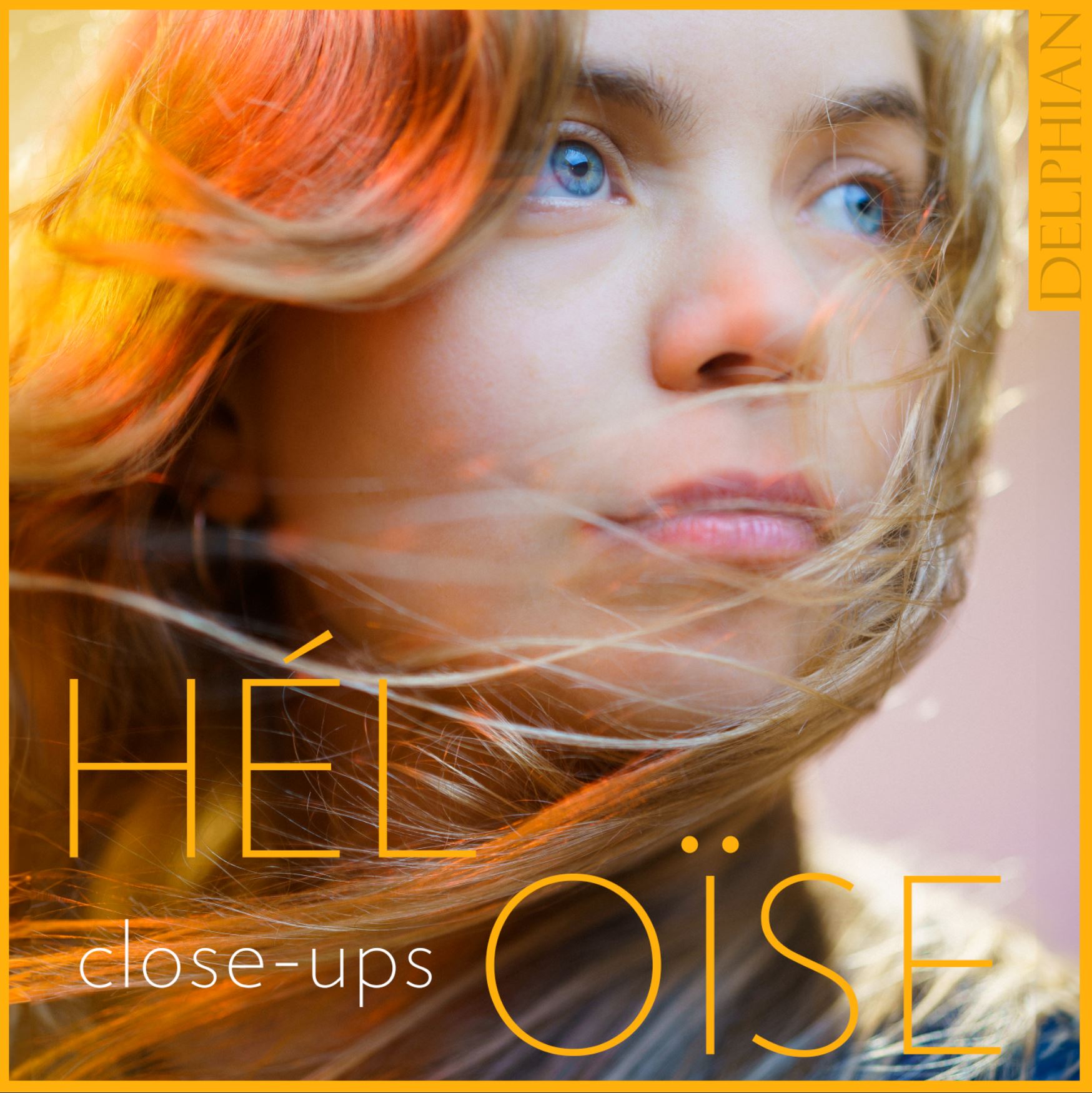Your Cart is Empty
DCD34312-CD
£24.99
Héloïse Werner’s first album, Phrases, was received ecstatically. For her second, she wanted to create a programme with a cohesive narrative arc – a journey, but one that the listener can take in their own time and their own way. For it, she has assembled a group of musicians who both share in her concept but also bring to the project their own varied musical personalities to complement Héloïse’s own distinctive voice.
Rightly described by Héloïse as ‘amazing people’, her collaborators – Colin Alexander, Julian Azkoul, Max Baillie, Kit Downes, Ruth Gibson and Marianne Schofield – stitch their individual contributions into close-ups in colours just as vibrant as Héloïse’s own.
Release Date: 28 June 2024
Catalogue No: DCD34312
Total playing time: 61:35
Recorded on 18-20 September 2023 at SJE Arts, Oxford
Producer/Engineer: Paul Baxter
24-bit digital editing: Jack Davis
24-bit digital mixing & mastering: Paul Baxter
Cover photograph: Raphaël Neal
Session photography: foxbrush.co.uk
Booklet & traycard design: Eliot Garcia
Booklet editor: Henry Howard
Delphian Records Ltd – Edinburgh – UK www.delphianrecords.com

PREVIEW
Barbara Strozzi:Che si può fare, Op. 8 No. 6
Collections: All Releases, Chamber, Contemporary, Editor's Choices, Song
Category: Chamber, Contemporary, Editor's Choices, Heloise Werner, Song